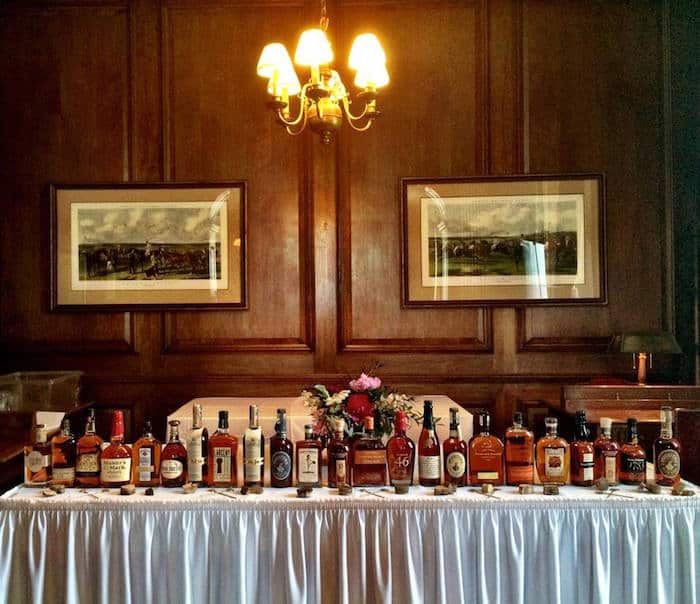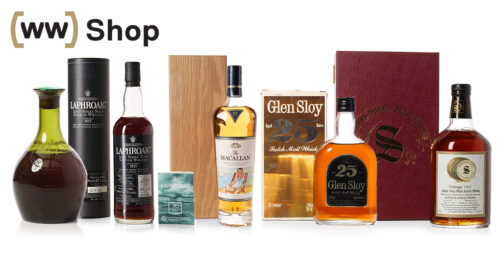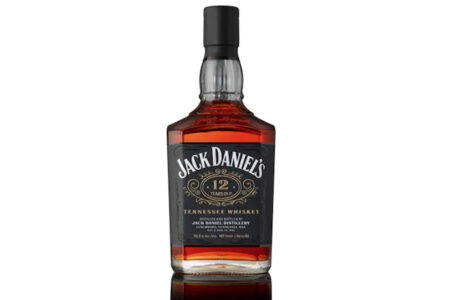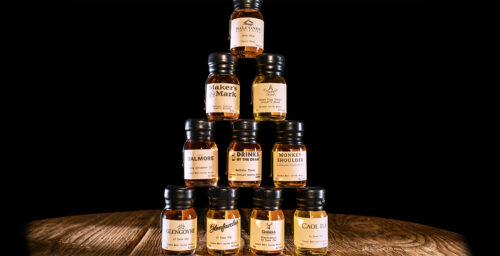How do you like your bourbon? Spicy or soft? With aromas of fruit or cereal grains? To be bold in cocktails or elegant sipped neat or on the rocks?
While proof does play a part in all the above, the bulk of a bourbon’s forward flavors come from two “flavor” grains: rye and wheat. And if you talk often to bourbon lovers, you’ll find the lines of preference pretty vividly drawn, though they really needn’t be.
I’m a firm believer that bourbon should be used like to tool to effect a unique drinking experience. Maximizing that requires just a bit of knowledge about what rye and wheat do to a bourbon.
We all know that making bourbon requires 51 percent of the mashbill come from corn. The following 49 percent is made up of whatever flavor grain (i.e. wheat or rye) the distiller chooses, along with a small percentage of malted barley. (In bourbon, barley adds very little flavor, yet it’s essential for delivering enzymes that free up fermentable sugars locked inside corn, wheat and rye.)

One additional nuance to consider is a “high rye” bourbon, which means there’s a larger-than-normal amount of rye in the mashbill. What one distiller considers “high” may be low to another, but a mashbill containing 20-35 percent is generally considered high rye.
Distillers choosing rye wind up with a whiskey whose aromas don’t wait for you to nose the glass. They piggy back outward and upward on the backs of alcohol vapors. Rye produces aromas of fruit, baking spices, and some grass notes, and those flavors reappear on the palate when sipped.
Distillers choosing wheat get a whiskey with far gentler aromas that lead with pleasant grassy-grainy notes. To me, it smells like the outdoors. When sipped, wheat can be simultaneously earthy, minerally, and slightly sweet. Many say wheat bourbon drinks “smooth,” though soft seems a more fitting term.
A good way to summarize it is rye is out loud and proud, and wheat is somewhat shy. Both have their virtues, and both are worth getting to know intimately.
For reference, here are a few well known “wheated” bourbons: Larceny, Pappy Van Winkle, W.L. Weller, Old Fitzgerald, and Maker’s Mark. Noted rye bourbons include Jim Beam, Booker’s, Old Grand-Dad, Heaven Hill, Very Old Barton, and Four Roses.
It would be safe to say that all high wheat bourbons are best sipped neat or on the rocks, and all rye bourbons are best mixed in cocktails, yet that’s not the case. For one, proof has to be considered. A 100-proof Bottled-In-Bond Old Fitzgerald wheater stands up nicely in a cocktail, but an 80-proof Basil Hayden’s, which is rye-forward, disappears in a cocktail.
Aging affects flavors, too. Some argue that wheat ages better and moves further forward in the flavor profile the longer it rests in the barrel. Rye, some argue, battles with wood for palate share as it ages. (Personally, I think wood always wins in the rickhouse.)
Still, if you really want to explore wheat vs. rye, then buy a bottle of Rittenhouse Rye and a bottle of Bernheim Original Wheat Whiskey. Sip them neat, then on the rocks, and then in your favorite cocktail. Or take the less expensive route and find a good bartender to lead you through a tasting of both.









